Holograms: what to choose from and how to use them
Although the hologram is not the last word in show technologies, but when it is made well and, as they say, "in the theme", it is still able to cause genuine delight in the audience.
We can roughly divide stage hologram into two types:
1. A hologram operating in reflection
This type of screen works on a combination of a screen (led or projection) and a transparent film. Most often, the screen is located on the floor, the film is "attached" to it at an angle of about 45 degrees, and the audience in the hall on the film sees the reflection of the image from the screen, while the film itself can be artists, scenery, anything. The advantage of this type of hologram is a more comfortable production work, since it is difficult to break the effect of the illusion due to the movement of the artists or the light picture. One of the disadvantages is the size, the design has a noticeable depth, often in the foreground, which pushes what is happening away from the viewer.
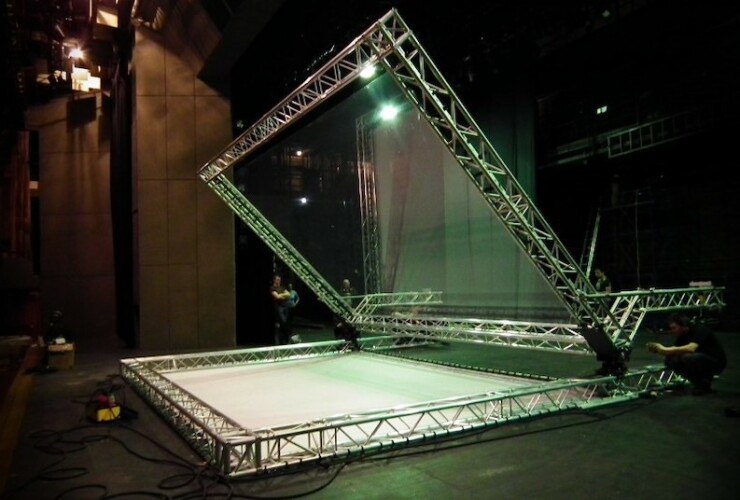
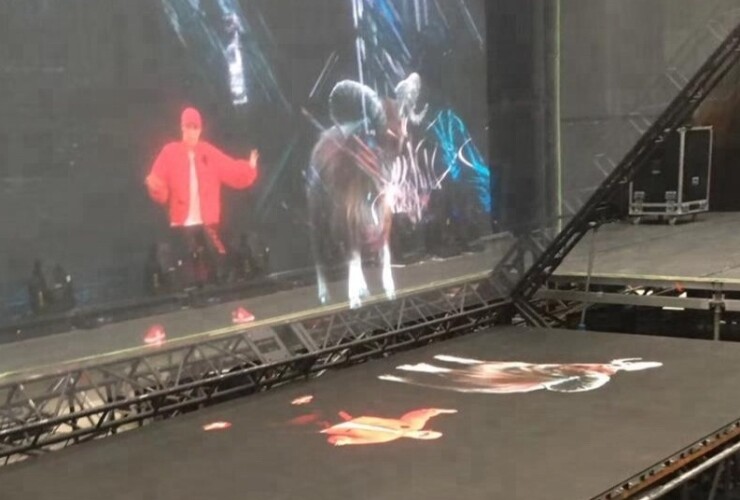
The reverse configuration of such a hologram is also practiced, when the screen is located on the ceiling, but due to additional installation difficulties, this configuration is more often used in exhibition stands and visual attractions (for example, the Ghostbusters stand at the Madame Tussauds Museum in new York).
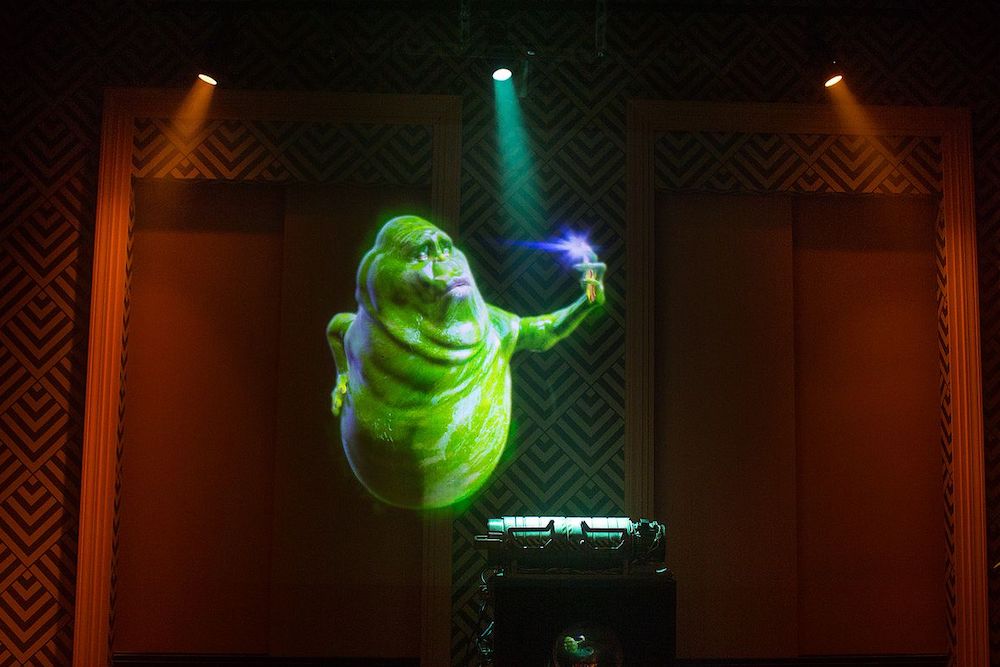
What is interesting is that this technology has been around for more than a hundred years. Even in the XIX century, a translucent screen was used, on which the shadow of the candles and the actor fell, located, let's say, in the orchestra pit — and thus in productions created mystical effects, such as the shadow of hamlet's father.
2. the Second view is a projection on a transparent film or glass
This type of hologram is even more artless, in fact it is just a reverse projection on a transparent canvas. The advantages are obvious-it is easy to install and compact solution, the main disadvantage — such a hologram requires careful work with it. For example, to create the effect of placing an object directly in the air, you must have a dark background and there should be almost no objects on it.
An example of using this type of hologram is the famous virtual Japanese artist Miku Hatsune.
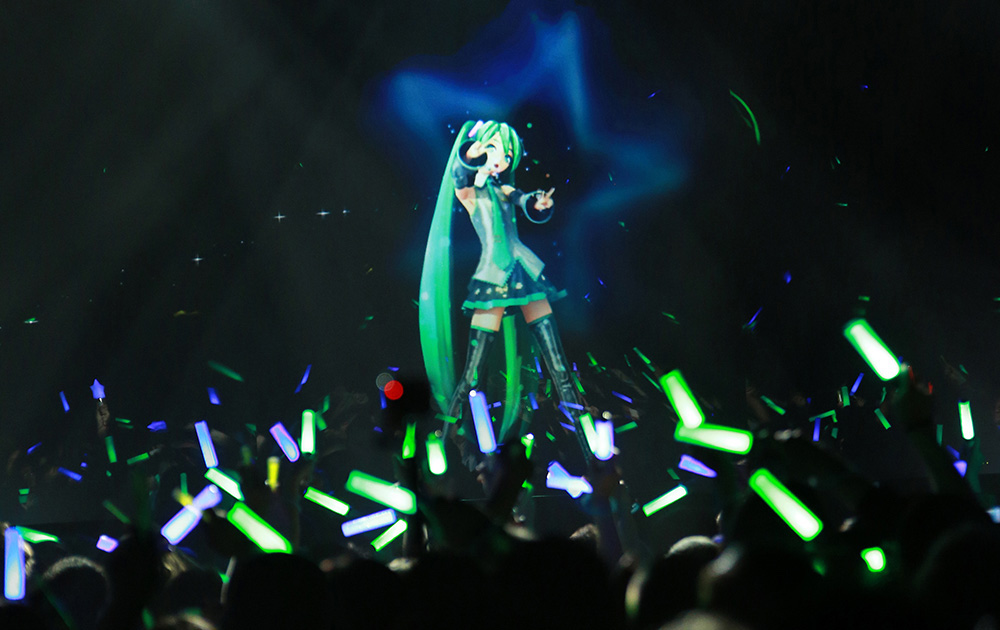
Bonus
These two types of holograms have one common drawback-the viewing angle. Since the image is essentially flat and its volume is illusory, if you look at it from a large angle, the entire illusion disappears. There is another type of hologram that is only used at exhibitions and advertising stands, when the reflecting surface is created in the shape of a pyramid. But there is one caveat, each side of the pyramid is given its own side of the depicted object, and thus the hologram is able to view the object from all sides. Also, modern holographic stands have acquired various ways to interact with content, which makes the user experience completely unforgettable.
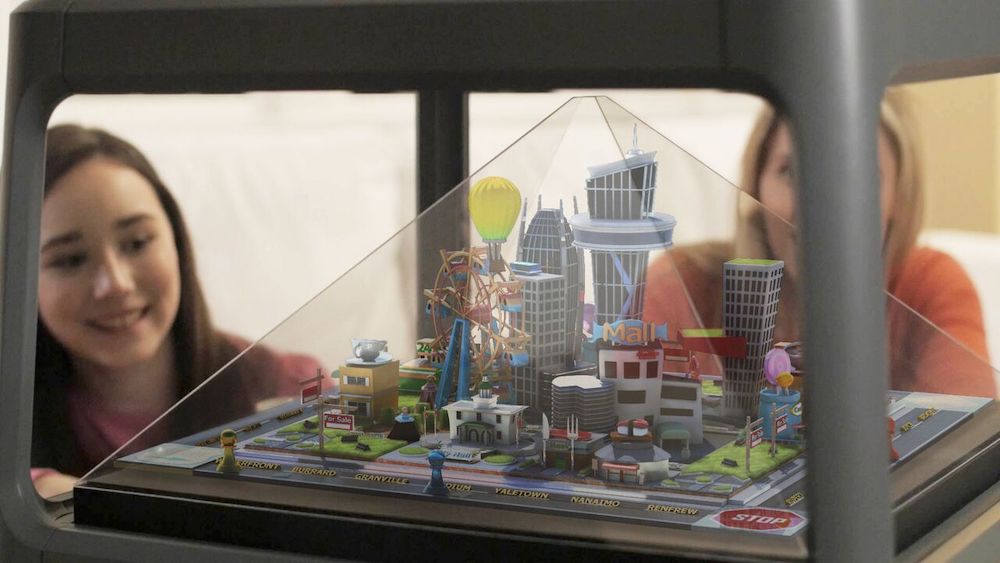
What's next?
However, it is important to understand that the solutions described here and further on are not a hologram, that is, not a stream of light formed in the air into a three-dimensional image. This is a set of tricks, some of which have existed for more than 100 years (the shadow of hamlet's father in the theater was created by the projection of the actor's shadow on the glass on the stage), which try to deceive our perception. But of course there is some progress.
One of the most advanced solutions at the moment is a three — dimensional display based on acoustic levitation. In the display space between two platforms of small columns, you can place one or more objects (balls) that move along a given trajectory due to the emitted ultrasonic waves. Then a stream of light falls on them — and a three-dimensional image is created based on the combination of the transmitted projection and the flight path of objects. In this form of 3D display, the creators also promise a tactile response when touching, as well as a parallel broadcast of the audio track.
The most advanced in terms of images and possibilities for practical interaction also exist so-called volumetric displays with a similar principle of operation, when the surface for projection is a rapidly rotating object or surface. Such displays are covered with a transparent cover for security reasons,so interaction is possible only at the expense of additional devices — but the image quality is already striking.
Yet there is a technology that is as close as possible to the same hologram from science fiction movies. This is a laser flash display. The light source is a laser, and the principle of creating an image is based on the instant transformation of air particles into plasma flashes by heating them with this laser. That is, the final image that we see is many, many consecutive flashes that occur at a speed that is elusive to the human eye, and therefore merge into a single image. In fact, such a display is limited only by the power of the laser, the speed of light and is corrected by the density and composition of the air, but this is the maximum approximation to the same hologram. The main disadvantage at the moment, unlike previous solutions, is the monochrome image. But this way you can already create the famous hologram with the address of Leia Organa from the classic Star Wars.

